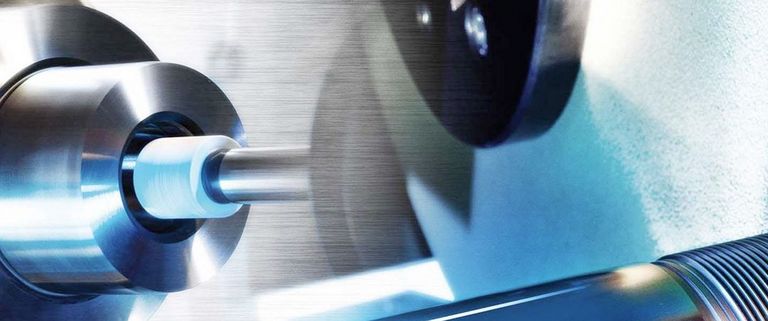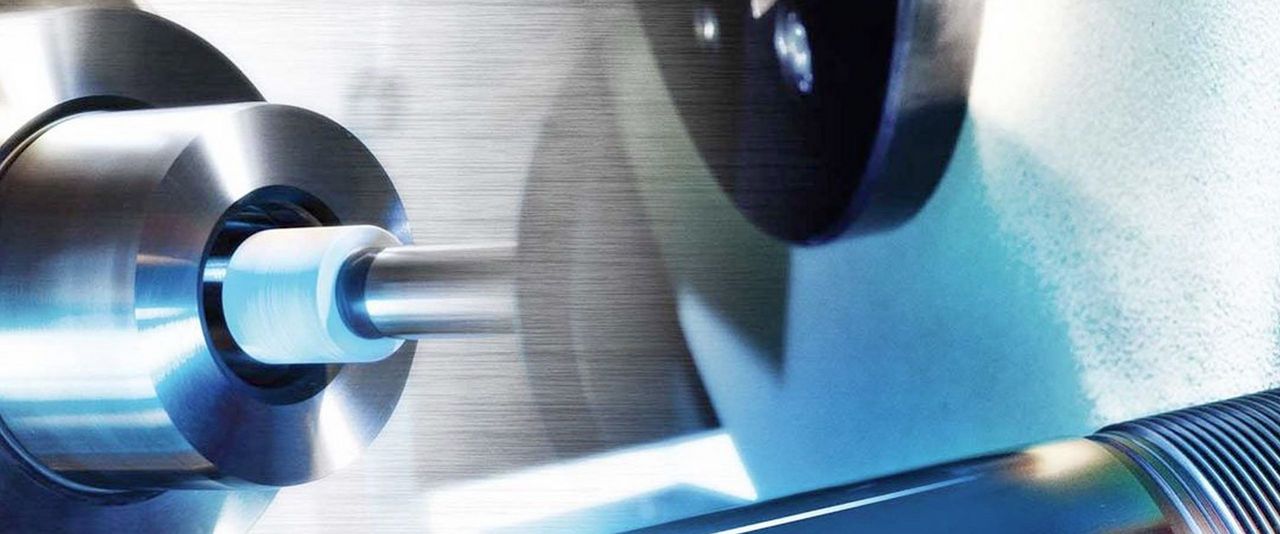Get a Clear Visual on Your Grinding Surface Finish Problems
To grind a workpiece successfully on a cylindrical machine, every part of the equipment and every step of the procedure must function like the links in a well-made chain, or a single weakness can cause the entire process to fail. You need the correct settings, grinding wheel, coolant, working environment and more to make a well-made part with an excellent surface finish. To avoid the flaws that lead to rejects, wasted money and compromised efficiency, it's important to look closely at your finished work for evidence of problems in your grinding operations.
Most of the complications that produce substandard parts stem from one or more of five influences that make or break how a part turns out. Process parameters – feeds and speeds – head that list, along with the choices of grinding wheels and dressing tools, the volume and condition of coolant and the tooling you use.
The amount of work that typically goes into a part before it reaches the grinding stage magnifies the pressure to achieve pristine results, but you're not forced to figure out a problem on your own just because it produces a discernable flaw. UNITED GRINDING customers can take advantage of training opportunities at any time, beginning when they acquire new equipment and continuing when they add new production processes or expand their staff of operators. These training sessions help your staff understand what works, what causes trouble and why.
Additionally, the UNITED GRINDING Cylindrical Division can provide on-site assistance to help customers troubleshoot tricky process problems and develop ideal approaches to individual production tasks. Working through requests from Regional Sales Managers, UNITED GRINDING Applications Engineers offer assessments that typically lead to quick resolutions, helping customers remove obstacles and prevent the flaws that cause scrapped parts or compromised quality.
To diagnose a flaw, you want to connect its symptoms to the actual cause. Before you reach the point at which you need to call for help, you can work through many difficulties with the combination of observation and a little detective work. A well-ground part includes a surface gloss with a silky texture free from irregularities, marks, or scratches. Many grinding errors become obvious the moment you examine a finished workpiece and spot distinctive patterns that interfere with a proper finish. Not only can you see these flaws with the naked eye, but they also fall into distinctive surface patterns that help you diagnose what caused them.
Poorly dressed grinding wheels account for many instances of visible grinding errors. Dressing a wheel too quickly or from more than one direction makes its surface uneven and leaves a repeating pattern of spiral marks on part surfaces. A dressing tool that shifts, heats or wears leaves the grinding wheel out of parallel with the movement of the table, in which case you'll see a striped pattern of feed traces on the surface of the workpiece.
Problems with coolant also can transfer onto a workpiece surface and show up as defects. Short scratches that look like commas result from coolant that's contaminated with grains from the dressing wheel. Yellow or brown discolorations represent burn marks from an overheated grinding process or inadequate cooling, both dangerous conditions that can lead to heat-based cracks in the workpiece and alterations in the structure of the material.
External disturbances from other equipment operating nearby, including intermittent sources such as forklift traffic, cause vibration that interferes with a grinding machine's ability to operate smoothly. These disturbance problems show up as marks that run parallel to the workpiece axis on all or part of its surface.
An imbalanced grinding wheel can cause chatter marks all over the surface of the workpiece and parallel to its axis. These same marks also can point to external vibrations or an improper relationship between the speeds of the grinding wheel and the workpiece. To prevent these imbalances, use a steady rest to keep very long parts stable, rigid and centered while you grind.
The secret to resolving optically detectable grinding errors isn't really a secret at all. To refine your work product so it meets the right tolerances, make sure that you set up and maintain your equipment correctly, use the right approach to dressing your grinding wheels and verify that your cooling processes function correctly. Whether you're faced with a production problem that has you stumped or simply want to advance your mastery of your equipment, UNITED GRINDING stands ready to help you get the best possible results from your cylindrical grinding machines.









